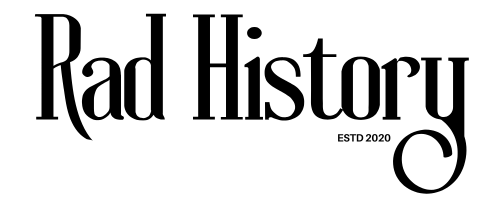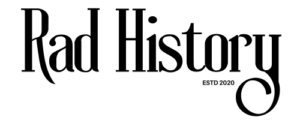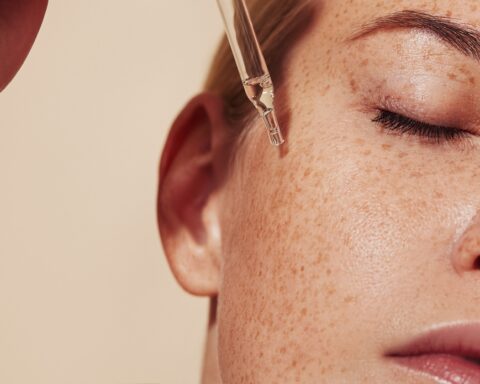When did wrinkle prevention become part of a skincare routine in your 20s? For a growing number of millennials, Botox isn’t about erasing age—it’s about delaying it, subtly and strategically. Forget the frozen look; today’s approach is light-handed, preventative, and rooted in wellness culture. With terms like “baby Botox” and micro-dosing on the rise, younger adults are reshaping the narrative around injectables—not as a last resort, but as just another part of maintenance, like SPF or serum.
A Different Kind of Aging Anxiety
Millennials grew up alongside HD cameras, social media filters, and front-facing iPhones. They’ve documented every laugh line and every late night in real-time—and they’re hyperaware of the little changes.
But it’s not all vanity. There’s also a practical, even strategic logic behind early Botox.
- Prevention over correction: Instead of waiting for deep-set wrinkles to form, many millennials are using small doses to train their facial muscles to relax early. This can delay the appearance of fine lines altogether.
- Workplace expectations: Whether it’s fair or not, looking “youthful” is often tied to being seen as energetic, creative, or tech-savvy—especially in certain industries.
- Zoom fatigue and high-def pressure: Let’s be real—nothing magnifies a furrowed brow quite like a 1080p camera and bad lighting during a back-to-back meeting marathon.
The result? An uptick in what dermatologists now call “baby Botox,” a subtle, low-dose approach aimed at softening lines, not eliminating them.
What Is “Baby Botox,” Anyway?
Don’t let the name fool you—this isn’t your face’s first day of school. Baby Botox refers to using significantly smaller amounts of botulinum toxin (the active ingredient in Botox, Dysport, and Xeomin) than a traditional treatment. It’s often used preventively, and with precision.
Here’s how it typically plays out.
- Micro-dosing: Rather than hitting the entire forehead with the usual dose, providers will inject tiny amounts in specific muscles to reduce motion without total paralysis.
- Natural movement: The goal is not a frozen face, but a refreshed one. Smiling, frowning, and squinting still happen—you just don’t get the deep grooves afterward.
- Faster fade: Because the dose is lower, baby Botox may wear off a bit quicker, usually in about 2 to 3 months instead of the usual 3 to 4.
This approach has become especially popular with first-timers who want to try Botox without committing to a dramatic change.
Botox’s Rebrand: From Taboo to Tool
A decade ago, getting Botox in your 20s might have been met with raised eyebrows. Now, it’s almost considered responsible skincare. This shift didn’t happen by accident—it’s the result of a perfect storm.
- Influencer normalization: Beauty bloggers, dermatologists, and lifestyle creators have demystified the process by sharing their injectable routines openly on platforms like TikTok and Instagram.
- Medical transparency: More clinics and providers are offering consultations that focus on facial anatomy, symmetry, and long-term care, rather than one-size-fits-all treatments.
- Wellness culture overlap: Botox has found its place in the same orbit as collagen supplements, retinol serums, and infrared saunas. It’s not about vanity—it’s about “maintenance.”
For millennials, it’s less “I hate my wrinkles” and more “I’d like to keep this forehead looking like it did at 28 for as long as possible.”
The Cost of Subtlety
Baby Botox might sound dainty, but your bank account still notices. Most treatments run between $11 to $25 a unit, and each session includes multiple units.
Here’s a rough breakdown of what people typically pay.
- Forehead lines: 10–20 units ($110–$500)
- Frown lines (glabellar area): 15–25 units ($150–$625)
- Crow’s feet: 5–15 units per side ($55–$375 each)
With repeat visits every 3–4 months, that adds up. But for many, it’s seen as a worthwhile trade-off—comparable to high-end skincare or salon treatments.
And unlike aggressive anti-aging procedures, baby Botox doesn’t require downtime or invite suspicion. Most people just look a bit more polished, as if they slept well and remembered to hydrate.
Risks and Red Flags
Even when done subtly, Botox is still a medical procedure—and it’s not risk-free. Side effects can include bruising, headaches, or in rare cases, asymmetry or eyelid droop. That’s why where you go matters as much as what you get.
Millennials, true to form, are vetting their injectors with the same obsessive energy they apply to coffee beans and podcasts. They’re asking questions, reading reviews, and making sure their provider meets their standards.
- Has a medical license (MD, RN, or PA)
- Specializes in facial anatomy
- Doesn’t over-promise results
- Encourages a “less is more” philosophy
The worst outcome for this crowd isn’t looking older—it’s looking done.
Why This Isn’t Just Another Trend
While Botox used to be associated with a kind of aesthetic arms race, millennials are steering the conversation toward moderation and longevity. They’re not trying to erase age—they’re trying to age on their own terms.
What’s more, there’s a philosophical shift happening. For this generation, beauty isn’t about flawlessness—it’s about self-expression, control, and sometimes, just taking the edge off. Botox becomes part of a broader routine: morning SPF, a dab of niacinamide, a touch of retinol at night—and every few months, a few well-placed units.
It’s not rebellion. It’s refinement.
A Soft Touch, A Sharp Strategy
This isn’t your mother’s Botox. Millennials have rebranded the injectable from a last-ditch effort to a quiet, calculated decision—less about transformation and more about preservation. They aren’t overhauling their faces; they’re calibrating them.
In a culture where filters are default and image is currency, maybe it makes sense that Botox has become less of a bold leap and more of a soft edit. Because for many, the best tweak is the one no one notices.
And if that means a little jab every few months to keep the worry lines from showing up uninvited? Well, that’s just good planning.






